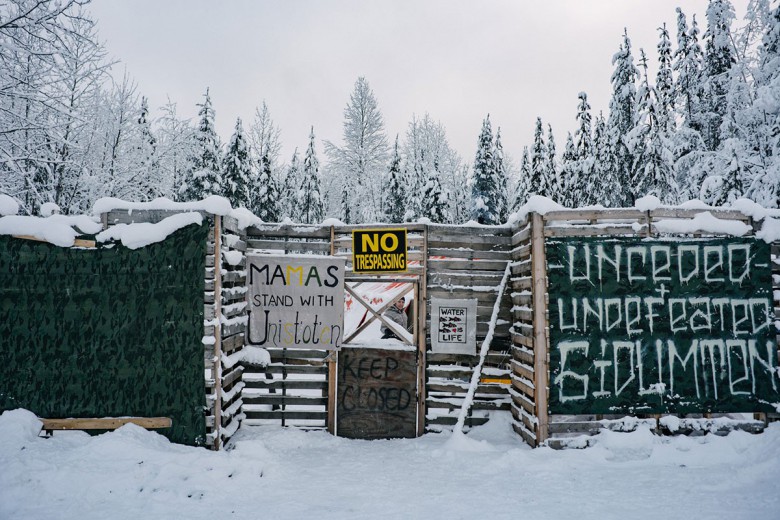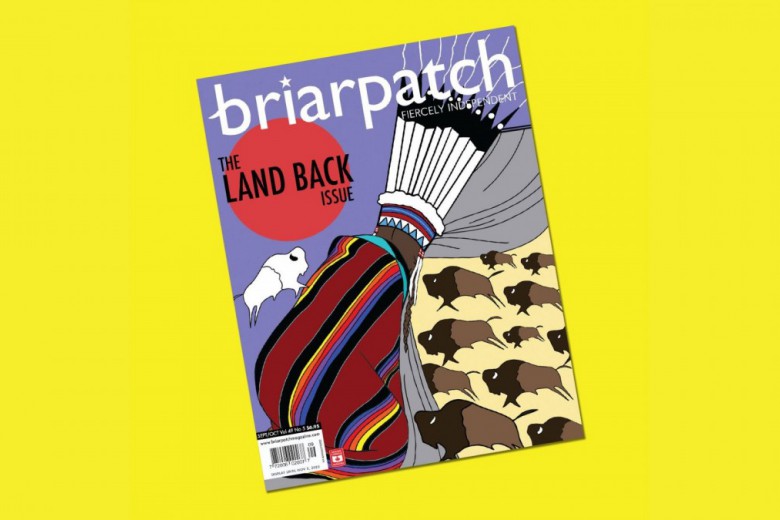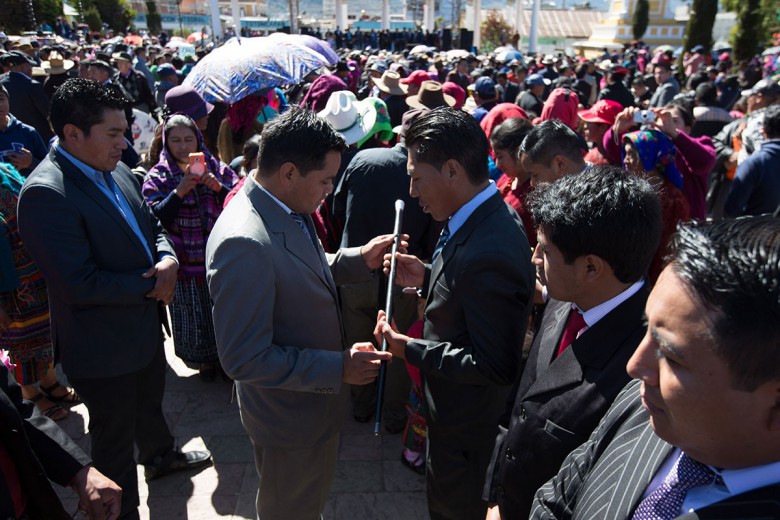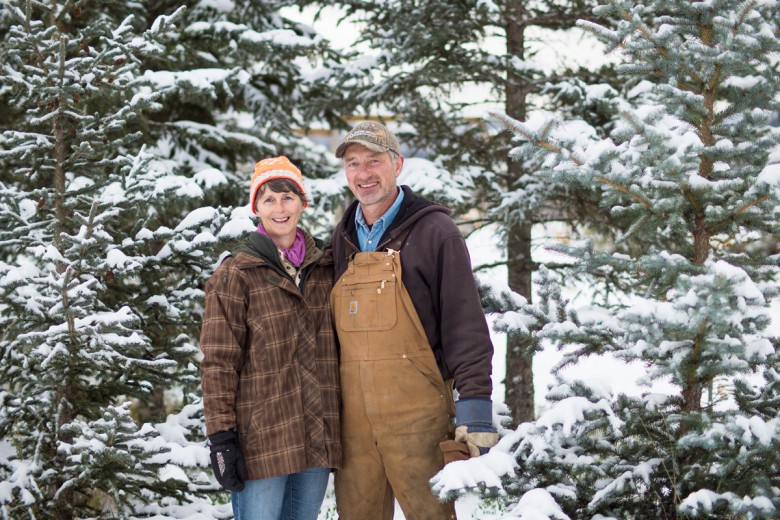On the cover of this issue of Briarpatch you’ll notice two new badges. One is from the Alberta Magazine Publishers Association, which named Briarpatch the 2021 Saskatchewan Magazine of the Year. The other is from the National Magazine Awards, which gave the gold prize for Issue Grand Prix to our 2020 Land Back issue. I wanted to take a minute to celebrate both awards, and to reflect on the Land Back issue in particular.
When Nickita, Emily, Alex, and I released the 60-page Land Back issue in September 2020, after seven months of work, we were astonished by its reception. We had to do five print runs of the issue, which kept getting sold out, and we mailed copies all over the world. Briarpatch gained 1,000 new subscribers. We watched as the issue’s content made its way onto high school and university curricula, conference programs, and podcasts. I heard from many readers who told me the articles helped them open conversations about land with their family and friends.
The Land Back issue absolutely deserves its National Magazine Award, and I’m grateful to the judges who recognized its brilliance. At the same time, I’ve been thinking a lot about what it means for an anti-colonial magazine issue – which calls for the Canadian state and settlers to return stolen land – to win a national award. I’ll quote from what I wrote in an Instagram post the morning after the award was announced:
“At Briarpatch we often make magazine issues that are not intended to win journalism awards. Our issues don’t pretend to be ‘objective’ or ‘neutral.’ They speak truth to power. They make demands and advance bold visions that mainstream media won’t touch.”
It’s a testament to the activists behind the Land Back movement, who have worked tirelessly to force the Canadian state and Canadian media to reckon with the literal and figurative foundations of this country.
“When a magazine issue like this one can be crowned Issue Grand Prix at the National Magazine Awards – meaning that it’s judged to be the single best issue of a magazine in so-called Canada in the last year – it means something big is changing. It’s a testament to the activists behind the Land Back movement, who have worked tirelessly to force the Canadian state and Canadian media to reckon with the literal and figurative foundations of this country.”
We still have a long way to go before Canadian institutions live up to the visions that were articulated by contributors in the Land Back issue. Until all land in so-called Canada – from Wet’suwet’en Yintah to Mi’kma’ki – is returned to Indigenous jurisdiction, Briarpatch will keep publishing articles about land defence and decolonization. It seems fitting to celebrate the award in this issue, which contains two closely-related stories: Katie Doke Sawatzky’s cover article about sharing treaty land in Saskatchewan, and Justin Brake’s feature about what reporting on Indigenous land defence reveals about journalism’s white supremacist foundations.
In the meantime, I want to say congratulations to everyone involved in the Land Back issue: the editorial collective, the writers, the artists, the fact-checkers, our copy editor Jenn, our proofreader Kim, and our publisher John. Thank you to you, our readers, for your voracious appetite for radical ideas and grassroots reporting. Most importantly, thank you to the activists behind the Land Back movement, who have laid the foundations for a world beyond colonialism and capitalism before our very eyes.







